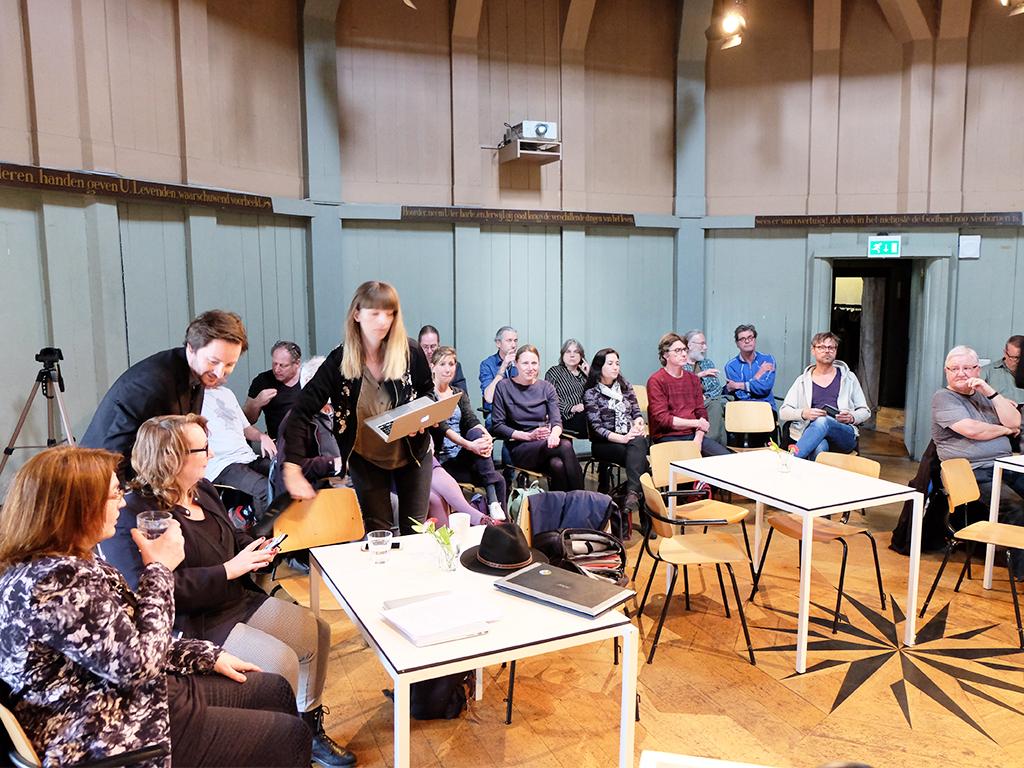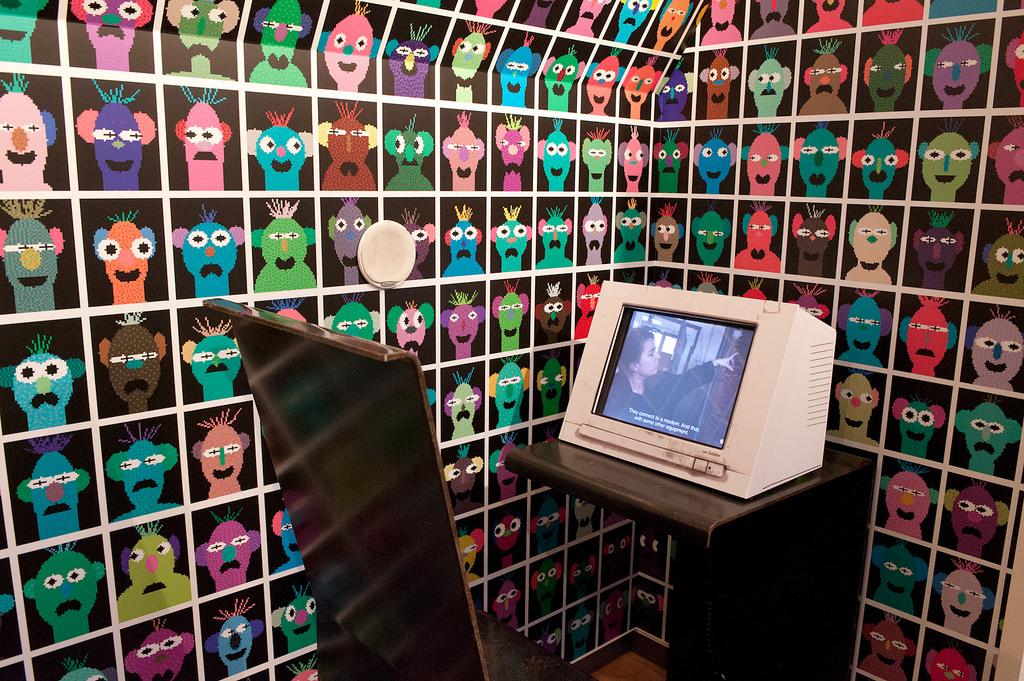In the Dutch digital heritage project 'The Digital City revives', Waag, The University of Amsterdam, the Netherlands Institute for sound and vision and the Amsterdam Museum work together to revive the first online social network in The Netherlands, that was established in 1994. But it proved more difficult to get it working again than expected, for which are good reasons. Nevertheless, some crucial steps were taken in the right direction.
It was the topic of the second Hacking Heritage Lab we organized with experts in the field, to see what it takes to dig up old software of 25 years ago.
A difference in approach
"Think of the steam engine in the Medemblik steam museum," explains Gerard Alberts of the University of Amsterdam, "it does not run on steam, but an electric engine. But for the audience, it provides the illusion that it's a working machine." Software is different in this respect. "With software, this 'illusion' would either be impossible or meaningless." How the code was written in those days is stil interesting. “This code is not written very well”, says Ronald Betlehem, ex-student of Alberts who helped with the digital excavation. He can say so with his modern knowledge, but 20 years ago it was ‘state of the art’.
The restoration of The Digital City takes place on two levels, by emulation, in which the software if brought back to it's original form and in the form of a replica (more or less like in the example of the steam engine) for the public. The code of the replica is new, but what you experience is almost like the real thing.
The need of a well-prepared copy
The way things were saved earlier also challenged the digital acheologists. In 1996, all data was collected and saved, in a so-called ‘freeze’. But in 2017, this data is recorded in a kind of 'permafrost' condition, so to speak. You may have a 20 year old ‘freeze’, but how can you read the data nowadays? Old hardware was desperately needed in this case, and even when that became available, part of the data proved to be corrupt. But in the end, the conservation project did succeed restoring all of the data. It only proves how vulnerable bits are.
The Digital City data is now available for researchers in a way that it can't get lost any longer, even if the hardware will change radically in the future. Now that this part has been made future-proof, the next step might be to show it in a museum. But how can we let visitors experience those early digital days in the right context? A good question to answer in a next phase of the project. For now, have a look how they did it at the London's 64 Bits exhibition.

